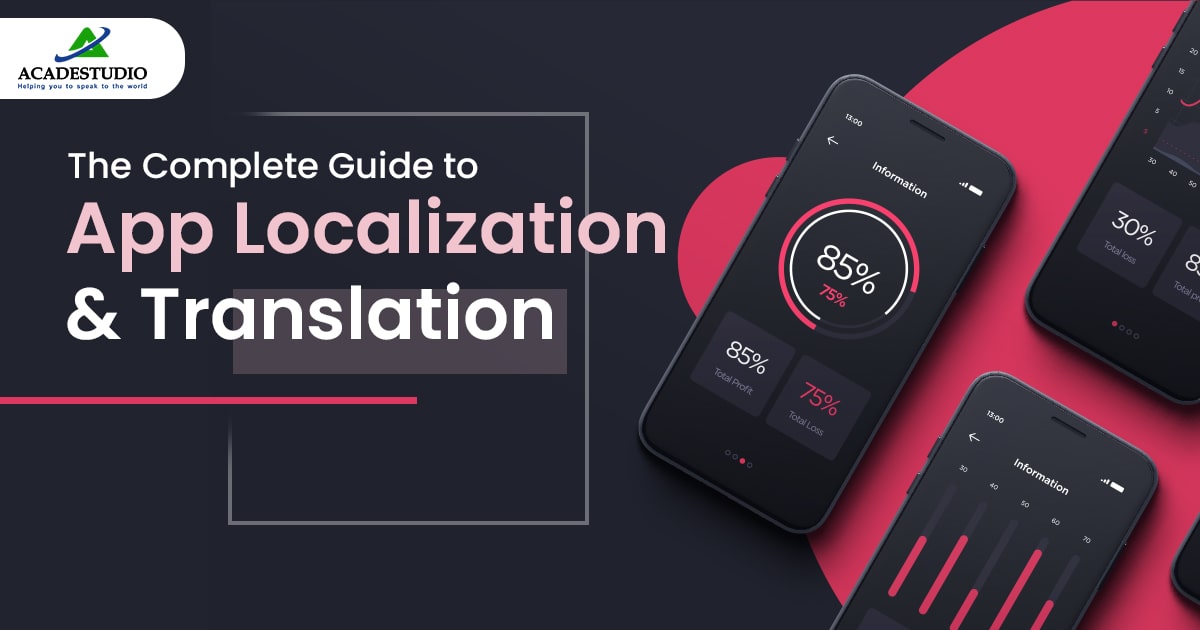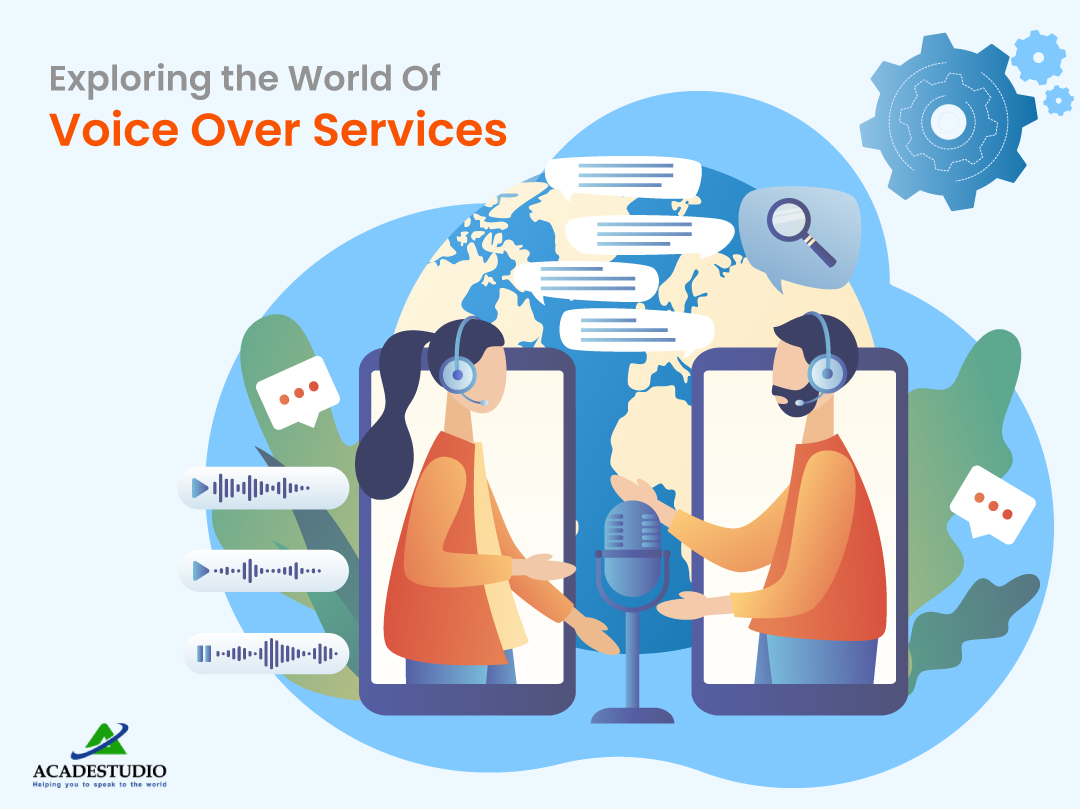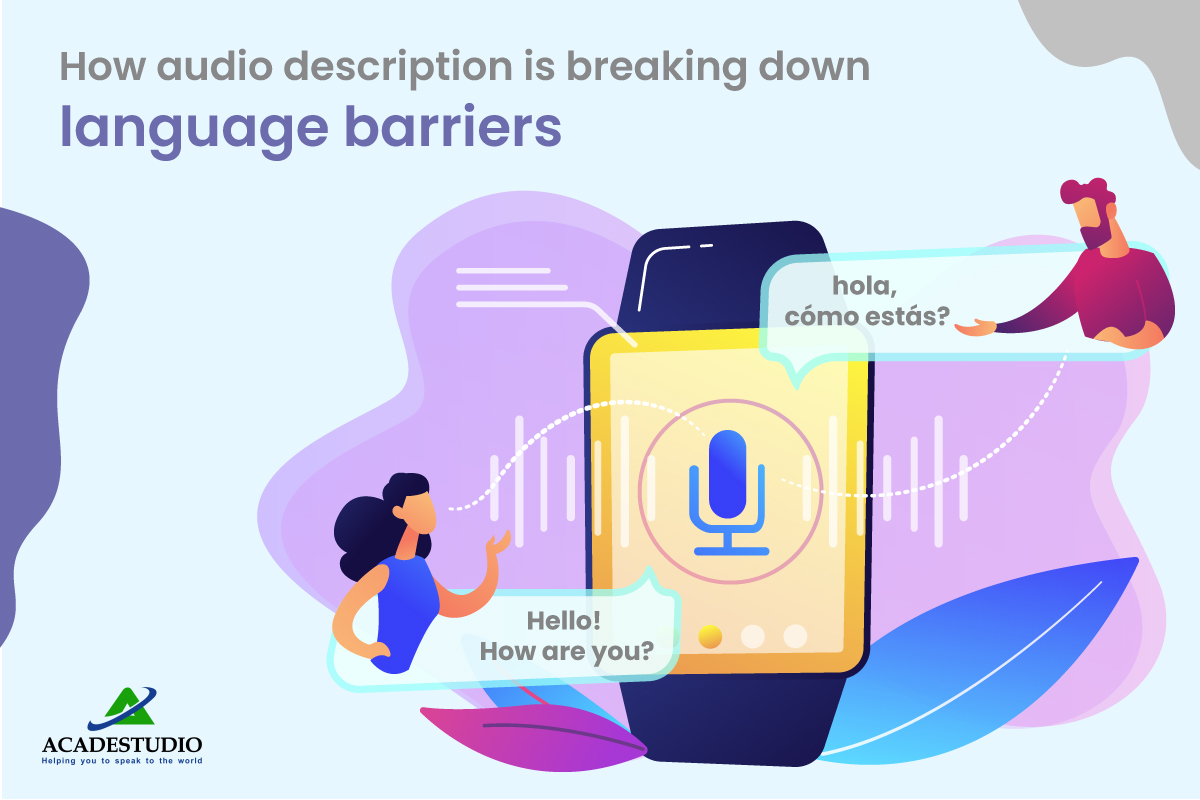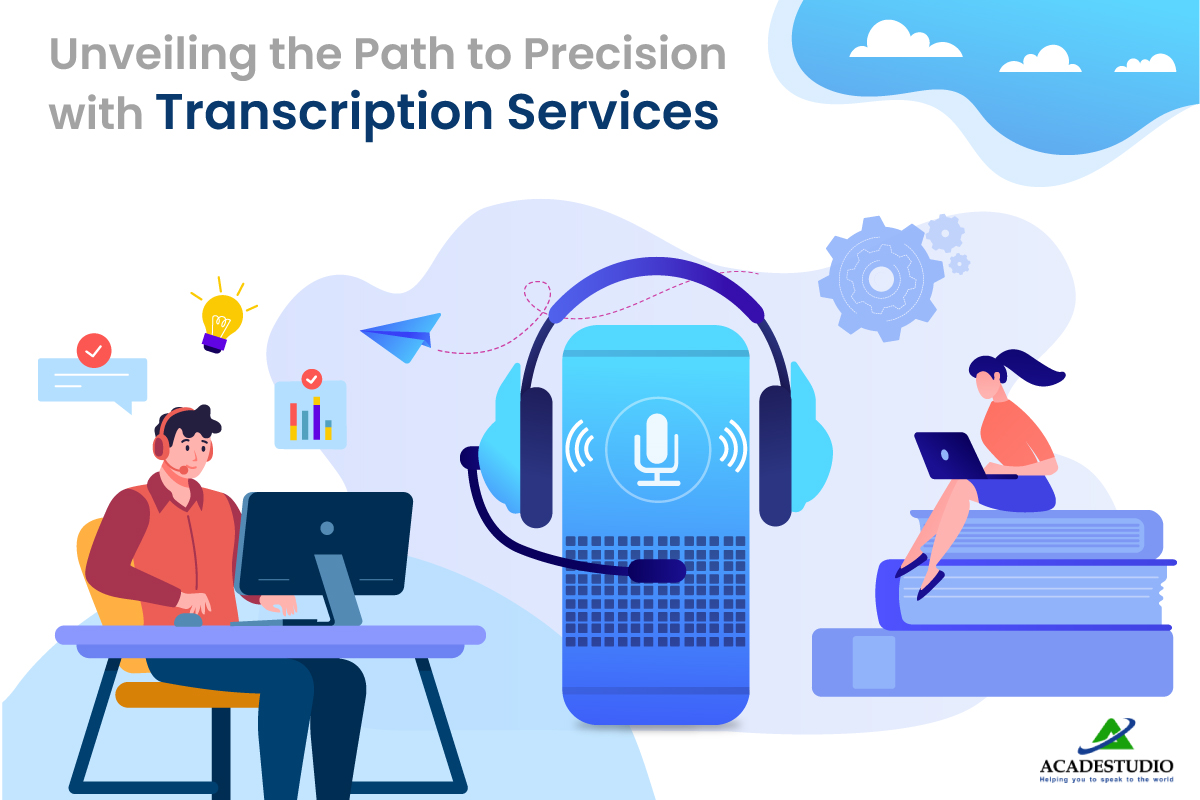Are you looking to
expand your app's reach beyond your home market? Localization and translation
are critical to making your app accessible to global audiences. In this
complete guide, we'll walk you through the App
Localization and translation process.
Firstly, we'll define
application localization and why it's essential. Secondly, we'll discuss the
challenges of application localization and translation, including cultural
nuances and technical limitations. Next, we'll provide practical tips for
selecting the right translation and localization services. Finally, we'll
discuss how to test and optimize your localized app for the best results.
This guide is designed
to help you navigate the complex app or program localization and translation
process, whether you're a small startup or a large enterprise. By the end of
this guide, you'll be equipped with the knowledge and tools you need to take
your app global.
What does App
Localization Mean?
App localization refers
to adapting an application or software to meet a specific geographic region's
linguistic, cultural, and technical needs. Moreover, this process involves
changing the app's content and design to ensure it is relatable and
user-friendly to users in different regions.
Localization involves
translating text, images, and multimedia content and adapting user interfaces,
formats, and functions. Additionally, by localizing an app, developers can
increase its accessibility and appeal to users in different regions, ultimately
increasing user engagement and revenue.
Expanding an app's
global reach and ensuring its success in new markets is critical. It allows app
developers to overcome language and cultural barriers and create an inclusive
and accessible app for users worldwide. Furthermore, application localization
starts with identifying the target market and analyzing its cultural,
linguistic, and technical needs. Developers can ensure timely delivery, quality
control, and cost-effectiveness by efficiently selecting the right localization services and managing the process.
What are the App
Localization Challenges?
App localization can
present a range of challenges that can impact the success of the process and
the app itself. Following are the key challenges include:
- Technical
limitations: Different regions
may have varying technological infrastructures, which can affect the
performance and functionality of localized apps.
- Language
barriers: Accurate translation
and interpretation of text and multimedia content are critical for user
comprehension and engagement. Language barriers can pose a challenge in
achieving this accuracy.
- Cultural
nuances: Customs, symbols, and
idioms can vary across regions and may need to be understood or relevant in
different contexts, leading to a lack of engagement.
- Legal
requirements: Data privacy laws
and content restrictions can vary across regions and may require additional
adaptation and compliance measures.
- Managing
the localization process: Selecting
the right translation and localization services and ensuring timely delivery,
quality control, and cost-effectiveness can be challenging.
- Testing
and optimization: Proper testing
and optimization of the localized app are essential to ensure its
functionality, usability, and user experience meet the standards of the target
market.
- Inadequate
or ineffective localization:
This can lead to negative user feedback, low engagement, and reduced revenue,
ultimately impacting the app’s success.
Tips for Choosing the
Right App Localization and Translation
Localization and
translation of an app are crucial for its success in international markets.
Following are some tips for choosing the right app localization and translation service:
Look at the Target Language
Identifying
the target language or languages is the first step in selecting the best
localization and translation service. Check that the service provider is fluent
in your target market's language(s).
Seek Prior Experience
It
necessitates linguistics, culture, and technology knowledge. Therefore, search
for a service provider who has worked on projects comparable to yours and has
experience with application localization and translation.
Assess the Service Provider's
Abilities
To
provide high-quality localization and translation, the service provider should
have a team of specialists in language, culture, and technology.
Correspondingly, seek a service provider who employs native speakers with
experience in application localization and translation.
Consider the Level of
Customization
Each
program is unique, and the localization and translation should reflect that.
Therefore, search for a company that provides tailored solutions to your needs
and specifications.
Review Quality Control
Measures
Quality
assurance is essential in app localization and translation. Therefore, seek a
service provider employing stringent quality control techniques, such as
proofreading, linguistic, and QA testing.
Assess the Technology and
Tools Used
To
ensure efficiency and accuracy, look for a provider who uses modern translation
management systems, machine translation, and automation technologies.
Evaluate the Pricing
Structure
The
cost of application localization and translation can vary significantly. Hence,
seek a provider offering transparent pricing with no hidden fees and a
cost-effective solution.
Check References and Reviews
Research
and check references and reviews from previous clients to better understand the
provider's reputation and the quality of their services.
Prioritize Communication and
Collaboration
Communication
and collaboration are critical in application localization and translation.
Moreover, look for a provider that has a clear communication strategy, provides
regular progress updates, and encourages your feedback and input.
How to Test and
Optimize Localized App?
Testing and optimizing
your app localization is crucial to ensure it meets the needs of your
international users. Following are the tips for testing and optimizing your
localized app for the best results:
- Conduct user testing: Firstly, user testing is essential to
ensure your app localization meets the needs and expectations of your
international users. Conduct user testing with native speakers to identify
any issues or areas for improvement.
- Check for language accuracy: Secondly, ensure the language used in the
app is accurate and appropriate for the target audience. Use professional
translators and proofreaders to check the language quality.
- Test for cultural sensitivity: Ensure that your app's content is
culturally appropriate for the target audience. Moreover, e sensitive to
local customs and beliefs and avoid using offensive language or images.
- Optimize for local search
engines: Fourthly, optimize
your app for local search engines by using relevant keywords and phrases
in the target language.
- Localize app store listing: Localize your app store listing by
translating the app description, screenshots, and other relevant
information into the target language.
- Consider local regulations and
standards: Be aware of any
rules or standards affecting your app's functionality or design.
- Monitor user feedback: Monitor user feedback from international
users and make necessary changes to improve the user experience.
- Update
regularly: Keep your localized app up-to-date with new content and
features to keep users engaged and satisfied.
Conclusion
In conclusion, app localization and translation
are essential for reaching international audiences and expanding your business
globally. However, it comes with a set of challenges. By selecting the right
localization strategy, testing and optimizing the app, and addressing cultural
and linguistic differences, businesses can successfully launch their app in
international markets and reach a wider audience. The key is to prioritize the
user experience and ensure that the app meets the needs and expectations of
global users.












- From Mobile - 11 min ago
Bring to the table win-win survival strategies to ensure proactive domination. At the end of the day, going forward, a new normal that has evolved from generation X is on the runway heading towards a streamlined cloud solution.
- From Mobile - 7 min ago
Capitalize on low hanging fruit to identify a ballpark value added activity to beta test. Override the digital divide with additional clickthroughs from DevOps. Nanotechnology immersion along the information highway
- From Web - 2 min ago
A new normal that has evolved from generation X is on the runway
- From Mobile - 11 min ago
Capitalize on low hanging fruit to identify a ballpark value added
- From Web - 2 min ago
Real-time will have multiple touchpoints for offshoring.